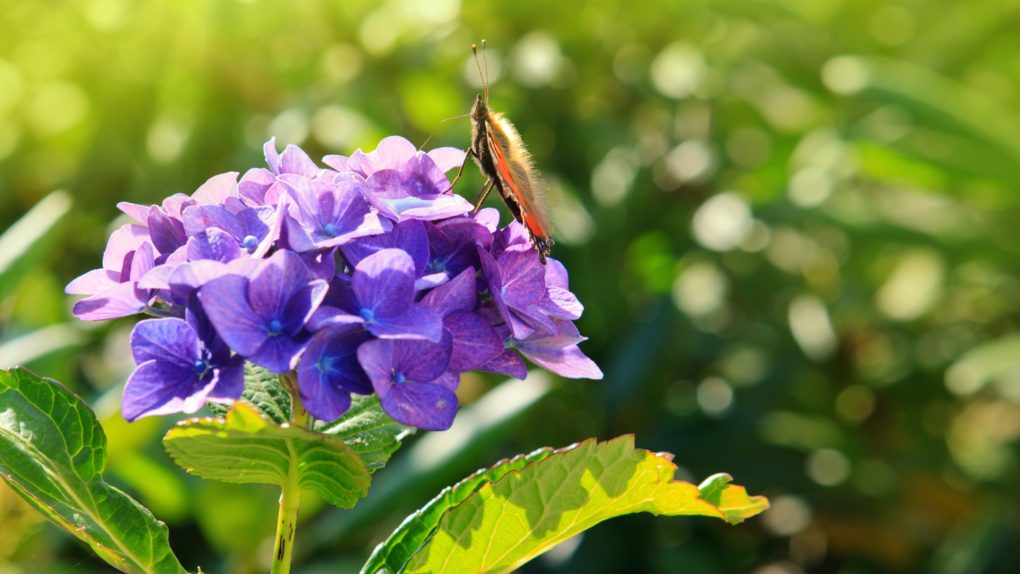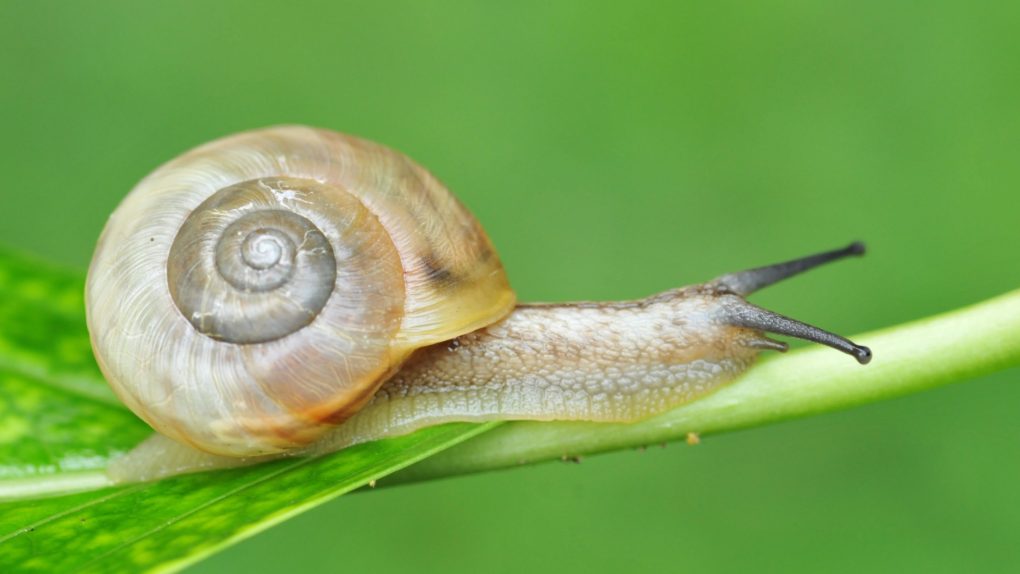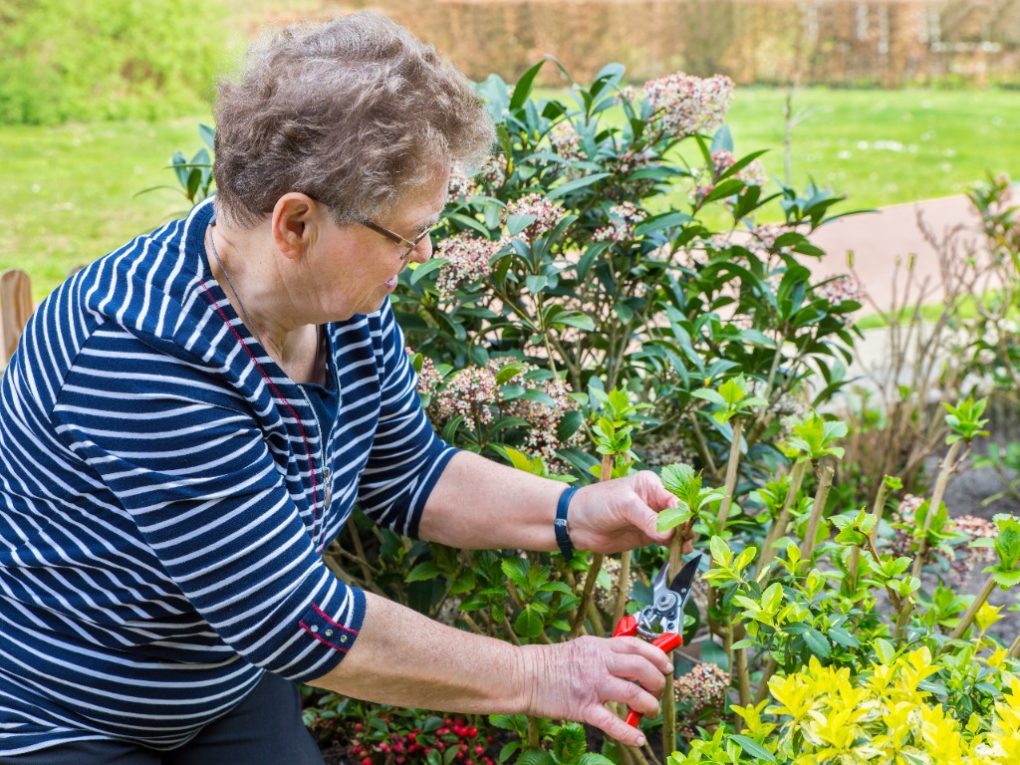What Eats Hydrangea Leaves? Discover the Top Predators.
Hydrangeas are a popular flowering plant that can add a beautiful touch to any garden. However, many gardeners have experienced frustration when they find that their hydrangea leaves have been eaten. This can be a frustrating experience, as it can be difficult to determine what is causing the damage.

A variety of pests and insects primarily consume hydrangea leaves. The most common culprits are aphids, Japanese beetles, slugs, and snails, which feast on the tender plant tissue. These creatures can cause significant damage to hydrangeas, leaving the leaves with holes or a distorted appearance.
Aphids suck sap from the leaves, which may lead to leaf curling and yellowing. Japanese beetles consume large portions of the leaves, leaving only the veins behind. Slugs and snails chew irregularly shaped holes and are generally more active during nighttime or damp conditions. Regular monitoring and treatment with appropriate insecticides, biological controls, or natural predators can help protect hydrangea leaves from these pests.
Table of Contents
Common Pests That Eat Hydrangea Leaves
Hydrangeas are a popular and beautiful addition to any garden, but unfortunately, they are also a favorite food of many pests. Here are a few common pests that can damage or destroy hydrangea leaves:
Japanese Beetles
Japanese beetles are a common pest that can cause significant damage to hydrangea plants. These beetles feed on the plant’s leaves, flowers, and fruit, leaving behind skeletonized foliage and damaged flowers. They are most active during the day and can be identified by their metallic green and bronze bodies.
Gardeners can use traps, insecticides, or handpicking to control Japanese beetles. However, it is important to note that handpicking can be time-consuming and may not be effective for large infestations.
Slugs and Snails

Slugs and snails are another common pests that can damage hydrangea leaves. They feed on the foliage at night, leaving behind large holes and ragged edges. These pests thrive in damp, shady environments and can be difficult to control.
Gardeners can control slugs and snails using slug bait, copper strips, or handpicking. Keeping the garden clean and free of debris is also important, as these pests can hide in leaf litter and other organic matter.
Caterpillars
Caterpillars are another common pest that can damage hydrangea leaves. They feed on the foliage and can quickly defoliate the plant if left unchecked. Some common caterpillar species that feed on hydrangeas include the leaf tier moth, the hydrangea sphinx moth, and the azalea caterpillar.
Gardeners can use insecticides, handpicking, or natural predators such as birds and beneficial insects to control caterpillars. Therefore, it is important to identify the specific caterpillar species before attempting control measures, as some species are beneficial and should not be harmed.
Other Causes of Hydrangea Leaf Damage
Diseases
Hydrangeas are susceptible to a variety of diseases that can cause leaf damage. One common disease is leaf spot, caused by several different types of fungi. Leaf spot appears as small, light brown spots on the leaves that gradually grow larger and develop a darker brown border. In the course of the disease, the leaves may turn yellow and fall off. Another disease is powdery mildew, which appears as a white or gray powdery coating on the leaves. This can cause the leaves to become distorted and stunted.
Environmental Factors
Environmental factors can also cause damage to hydrangea leaves. As an example, overwatering can lead to root rot, which can cause the leaves to turn yellow and wilt. On the other hand, underwatering can cause the leaves to dry and become brittle. In addition, exposure to extreme temperatures can cause leaf damage. For example, if hydrangeas are exposed to frost, the leaves may turn brown and fall off.
Other environmental factors that can cause leaf damage include:
● Excessive exposure to sunlight
● Strong winds
● Poor soil quality
● Chemical exposure to pesticides or fertilizers
Identifying the cause of leaf damage in hydrangeas is important to address the problem and prevent further damage. By managing diseases and environmental factors, gardeners can help ensure their hydrangeas remain healthy and beautiful.
Preventing and Treating Hydrangea Leaf Damage
Cultural Control Methods
Preventing hydrangea leaf damage is the best way to keep your plants healthy. Here are some cultural control methods:
● Prune your hydrangeas regularly to remove dead or diseased branches.
● Water your hydrangeas at the base to avoid getting the leaves wet.
● Then, apply a layer of mulch around the base of your hydrangeas to keep the soil moist and cool.
● Make sure you clean up fallen leaves and debris from around your hydrangeas to prevent pests from making a home there.

Chemical Control Methods
If cultural control methods are insufficient, you can use chemical control methods to treat hydrangea leaf damage. Here are some options:
| Product | Active Ingredient | Notes |
| Bayer Advanced 3-in-1 Insect, Disease & Mite Control | Imidacloprid, Tau-fluvalinate, Tebuconazole | It can be used on outdoor ornamentals, trees, shrubs, and lawns, and do not use edibles. |
| Ortho Insect, Mite & Disease Control | Acetamiprid, Bifenthrin, Myclobutanil | It can be used on outdoor ornamentals, trees, shrubs, and edibles. |
| Bonide Systemic Insect Control | Imidacloprid | It can be used on outdoor ornamentals, trees, shrubs, and edibles. |
Always follow the instructions on the label and wear protective gear when using chemical control methods. Don’t spray during windy conditions to prevent drift; never spray when bees are present.
